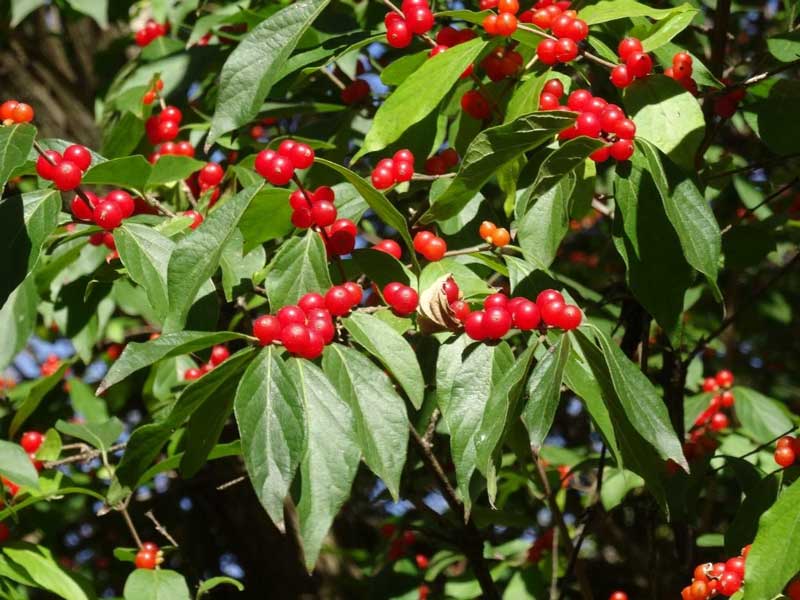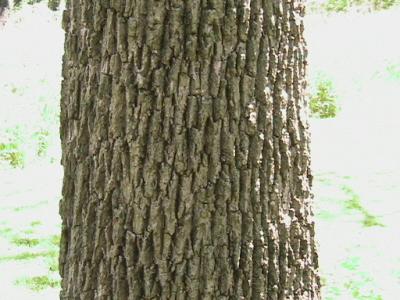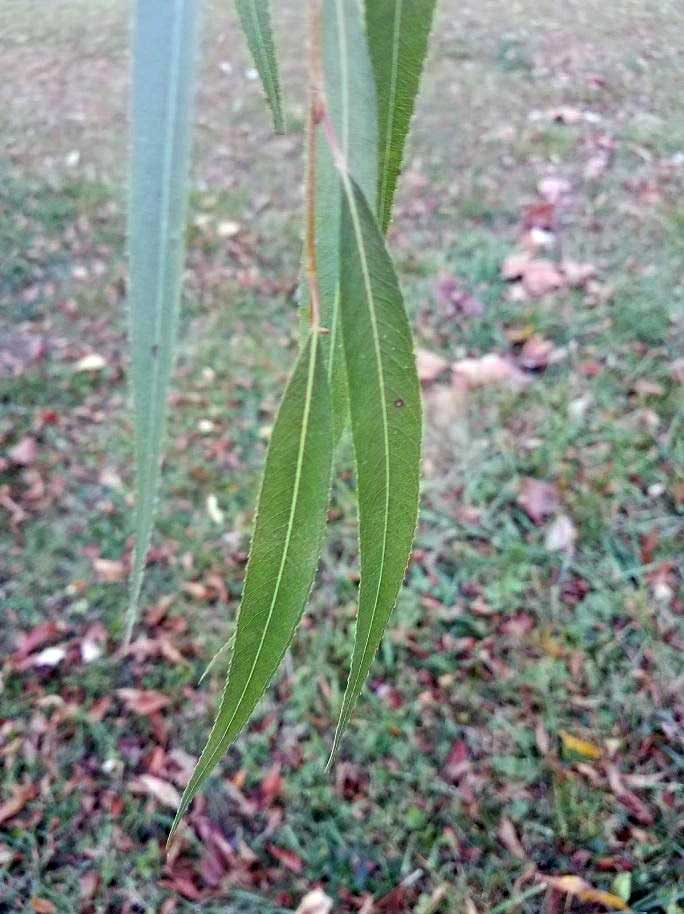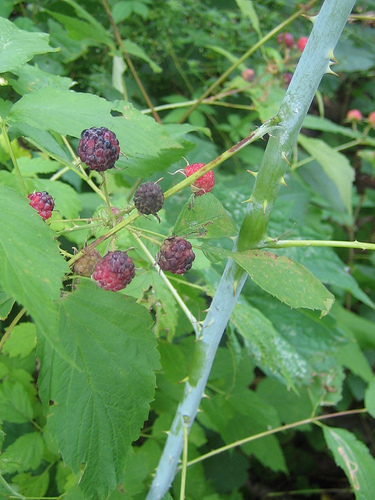Bush Honeysuckle (Lonicera sp.~Invasive Species)
- Details
- Written by Katelyn Stone
Family Name: Caprifoliaceae
- There are several species of invasive bush or shrubby honeysuckles in Ohio (Amur, Tartarian, and Morrow Honeysuckle).
- Honeysuckles have opposite bluntly pointed dark green elliptical leaves and produce colorful red or orange berries in the fall.
- The various invasive honeysuckles have fragrant white, yellow, pink, or crimson flowers in the spring. The bark on older plants appears striped.
- Invasive bush honeysuckles can be very aggressive and difficult to remove from natural ecosystems.




